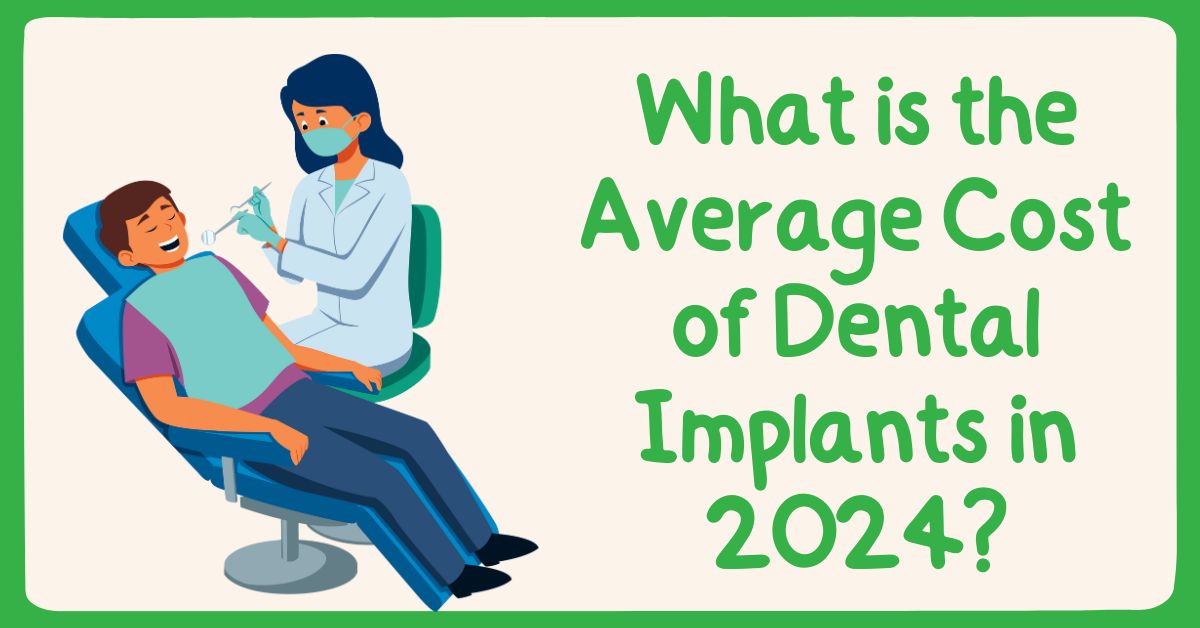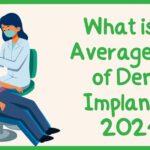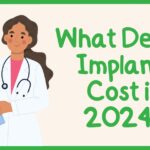The Average Cost of Dental Implants in 2024 can range widely, depending on several factors. Typical expenses may include implant itself, its abutment and crown; prices can also fluctuate based on material usage, complexity of patient dental needs and geographic location of dental practice; any additional procedures, such as bone grafting or tooth extractions as needed can increase total expenses as well.
It’s crucial that those considering implants as a solution for missing teeth understand each component involved with implant treatment because implants provide long-term solutions which mimic natural teeth for filling in gaps in smiles! Understanding all components involved is integral to making an informed decision; not just investing in filling in gaps but investing in long-term solutions which mimic look, feel and functionality of natural teeth!
Table of Contents
Role of Dental Materials and Technology in Dentistry
Advanced dental technology and materials have an enormously positive effect on the cost of dental implants. Thanks to innovations like 3D imaging and computer aided design manufacturing CAD CAM systems, implant procedures may become more precise – potentially reducing complications while increasing outcomes.
Titanium or zirconia implants offer various aesthetic and price options; crown options also can have their own set of benefits and costs associated with them; as technology develops further patients have more choices that could impact on your dental investment as a whole.
To make informed decisions it’s important to discuss all available options with a qualified dental professional to understand how their impact might change your total investment in dental health overall.
Geographic Variations of Average Cost of Dental Implants
Cost of dental implants varies considerably based on geographic location. Considerations such as cost of living, concentration of dentists and local market competition all impact price; urban areas tend to have higher dental costs compared to rural ones; yet it’s worth keeping an open mind and taking into account expertise and quality of care available in different locations; sometimes paying slightly more can guarantee higher-quality care than paying less in rural settings.
Benefits and Alternative Financing Options Available to Consumers
Dental implant insurance coverage varies significantly, from plans that cover part or all of the cost if considered medically necessary to those that do not offer any coverage at all. Therefore it is vital that you carefully review and discuss coverage options with your insurer.
For those lacking access to adequate coverage many practices offer financing plans or partner with third-party financing companies to make implants more easily affordable over time and budget accordingly.
Long-Term Value of Dental Implants Versus Alternative Solutions
When considering the cost of dental implants, it’s also essential to factor in their long-term value when compared with alternative solutions like dentures and bridges.
Although initial investment may be higher for implants compared with dentures or bridges, their durability, functionality, and natural appearance offer unrivalled advantages; such as preventing bone loss while simultaneously providing permanent solutions for tooth loss without additional work in future years.
Over time, the cost-benefit ratio often justifies initial expenditure making implants an excellent solution for many individuals searching for long-term solutions to missing teeth.
Conclusion
The average cost of dental implants in 2024 can vary significantly based on factors like technological advancements, material selections, geographic location and individual patient requirements. Although their initial costs may seem daunting, the long-term advantages for oral health, functionality and aesthetics cannot be denied.
By understanding which factors influence costs as well as looking into financing and insurance options and considering future value of implants properly patients can make informed decisions regarding their dental care – investing in dental implants not only improves smiles; but it improves quality of life overall!




